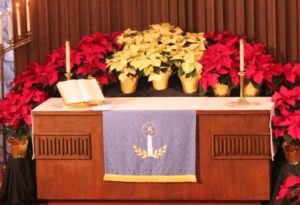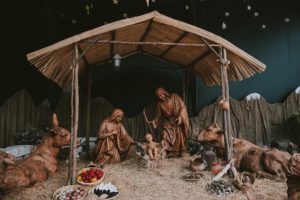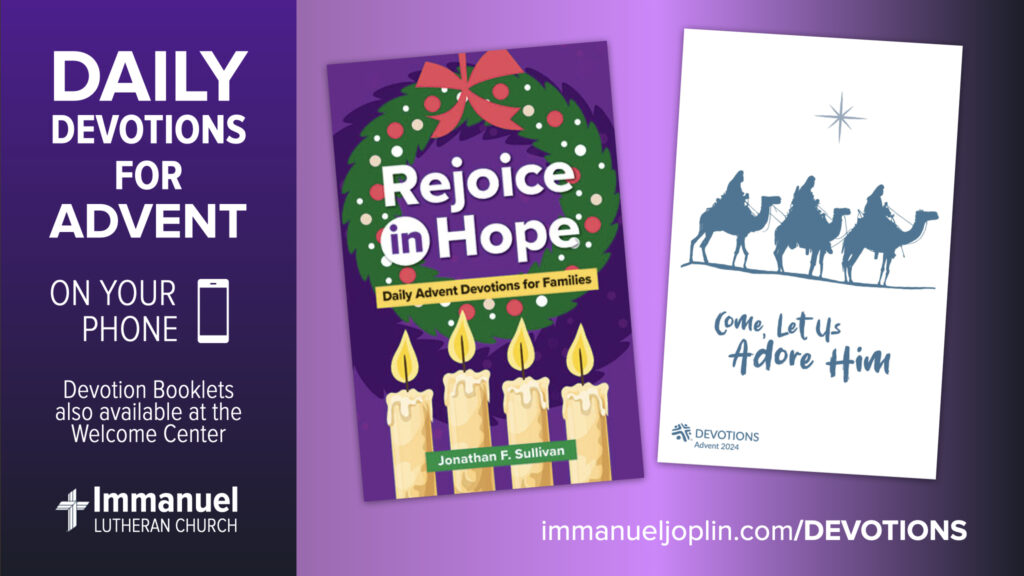FAQs About Advent
What is Advent? Learn about this four-week season of the church year leading up to the celebrated birth of Jesus at Christmas (Note: Advent 2024 begins on Sunday, December 1.)
See Also
Q: Why does the church year begin at Advent, what is the history of Advent, and what is the history behind the Advent candles and wreath?
A: The word “advent” is from the Latin word for “coming,” and as such, describes the “coming” of our Lord Jesus Christ into the flesh.

Advent begins the church year because the church year begins where Jesus’ earthly life began — in the Old Testament prophecies of his incarnation. After Advent comes Christmas, which is about his birth; then Epiphany, about his miracles and ministry; then Lent, about his Calvary-bound mission; then Easter, about his resurrection and the sending of the apostles; and then Ascension (40 days after Easter) and Pentecost, with the sending of the Holy Spirit.
The first half of the church year (approximately December through June) highlights the life of Christ. The second half (approximately June through November) highlights the teachings of Christ. The parables and miracles play a big part here. That’s “the church year in a nutshell,” and it should help reveal how Advent fits into “the big picture.”
Advent specifically focuses on Christ’s “coming,” but Christ’s coming manifests itself among us in three ways — past, present, and future.

The readings which highlight Christ’s coming in the past focus on the Old Testament prophecies of his incarnation at Bethlehem. The readings, which highlight Christ’s coming in the future, focus on his “second coming” on the Last Day at the end of time. And the readings that highlight Christ’s coming in the present focus on his ministry among us through Word and Sacrament today.

The purple candles matched the purple/blue paraments on the altar (purple for the royalty of the coming King). The pink candle was the third candle to be lit (not the fourth) on Gaudete Sunday, the Third Sunday of Advent. “Gaudete” means “Rejoice!” in Latin, which is taken from Phil. 4:4.
(“Rejoice! … the Lord is near”). Hence a “pink” candle was used to signify “rejoicing.” Some also included a white “Christ candle” in the middle to be lit during the 12 days of Christmas (Dec. 25 to Jan. 5).
Published by: LCMS Church Information Center ©The Lutheran Church—Missouri Synod 1333 S. Kirkwood Road, St. Louis, MO 63122-7295 888-843-5267 • infocenter@lcms.org • www.lcms.org/faqs
Learn More
- Daily Devos for Advent 2024
- Who is Jesus?
- Come to an Advent Service
- What Lutherans Believe
- About Us at Immanuel-Joplin


